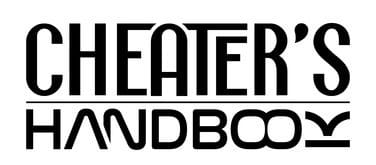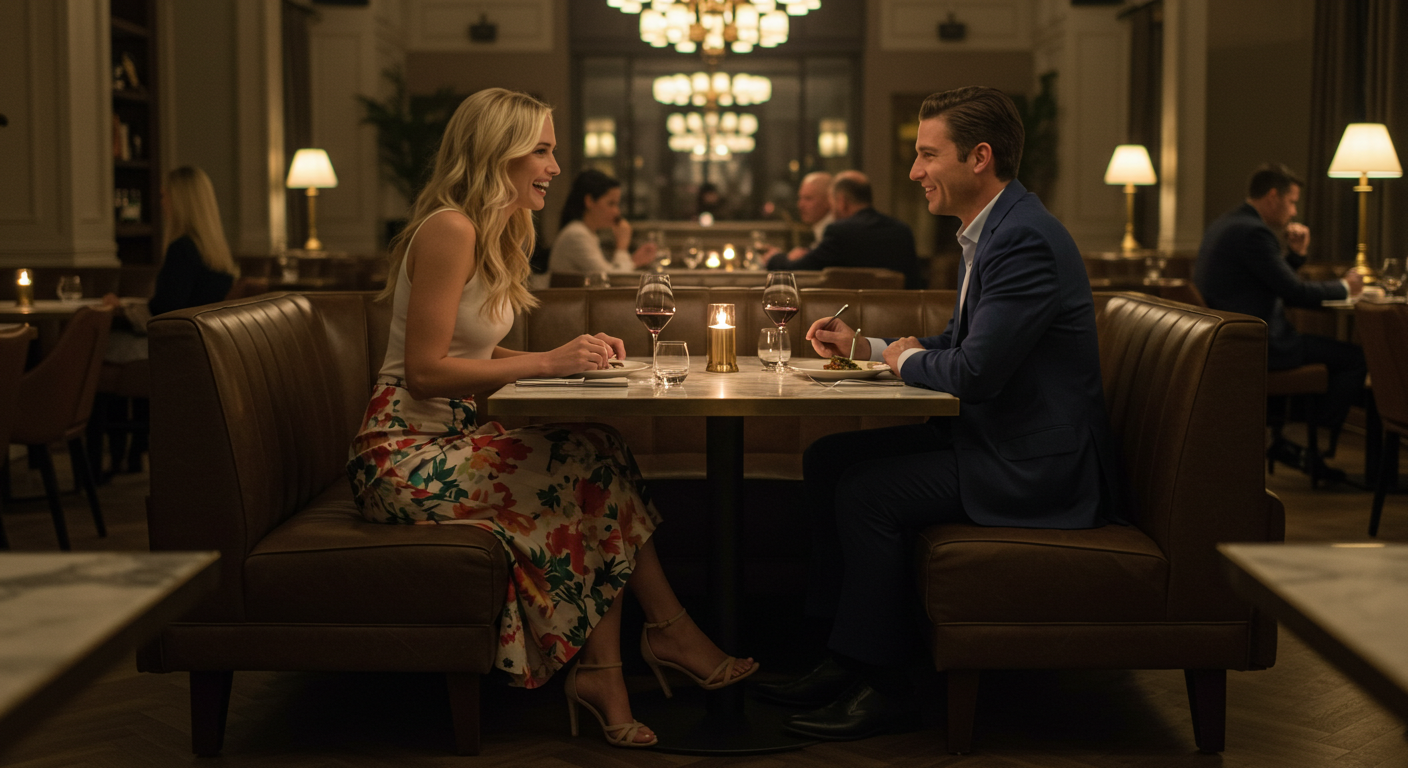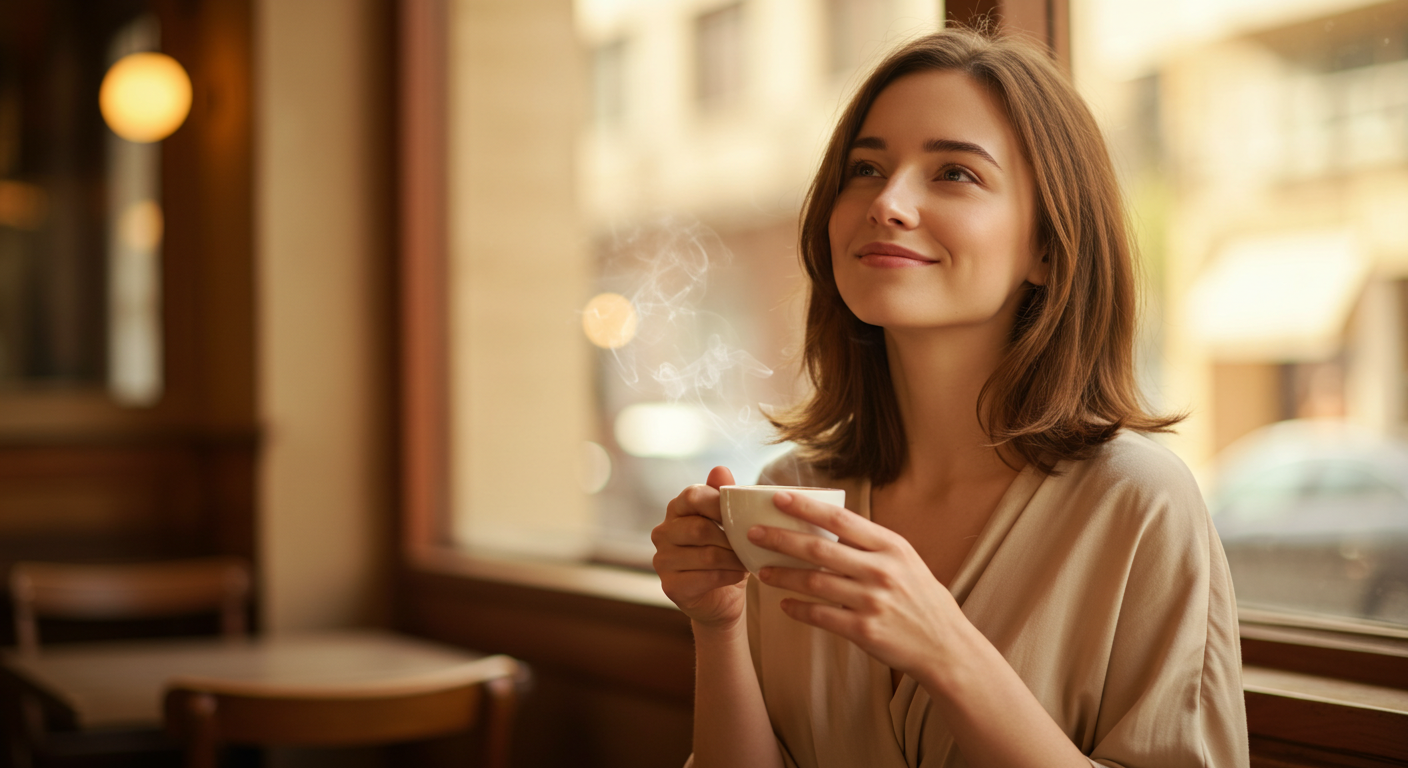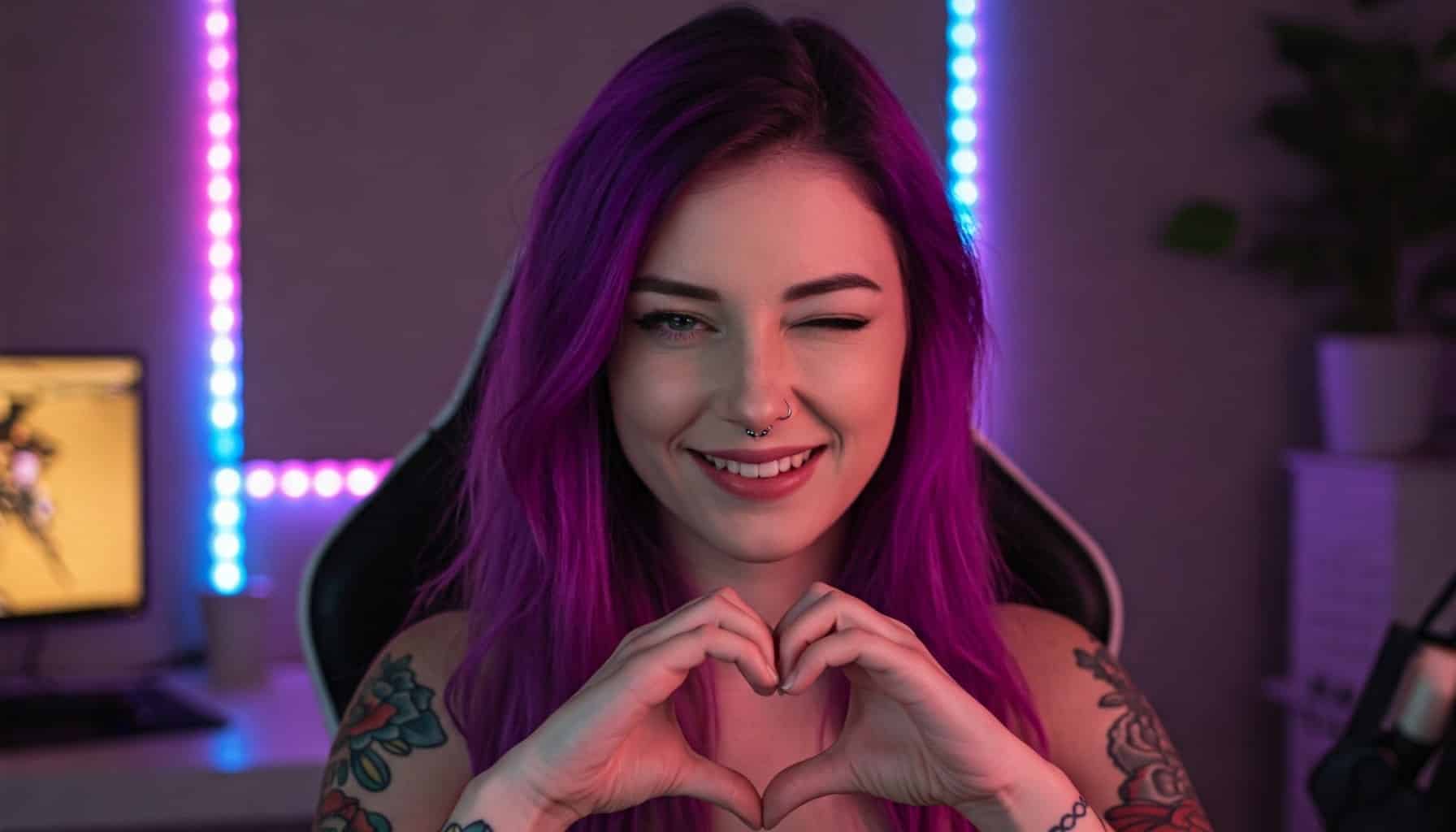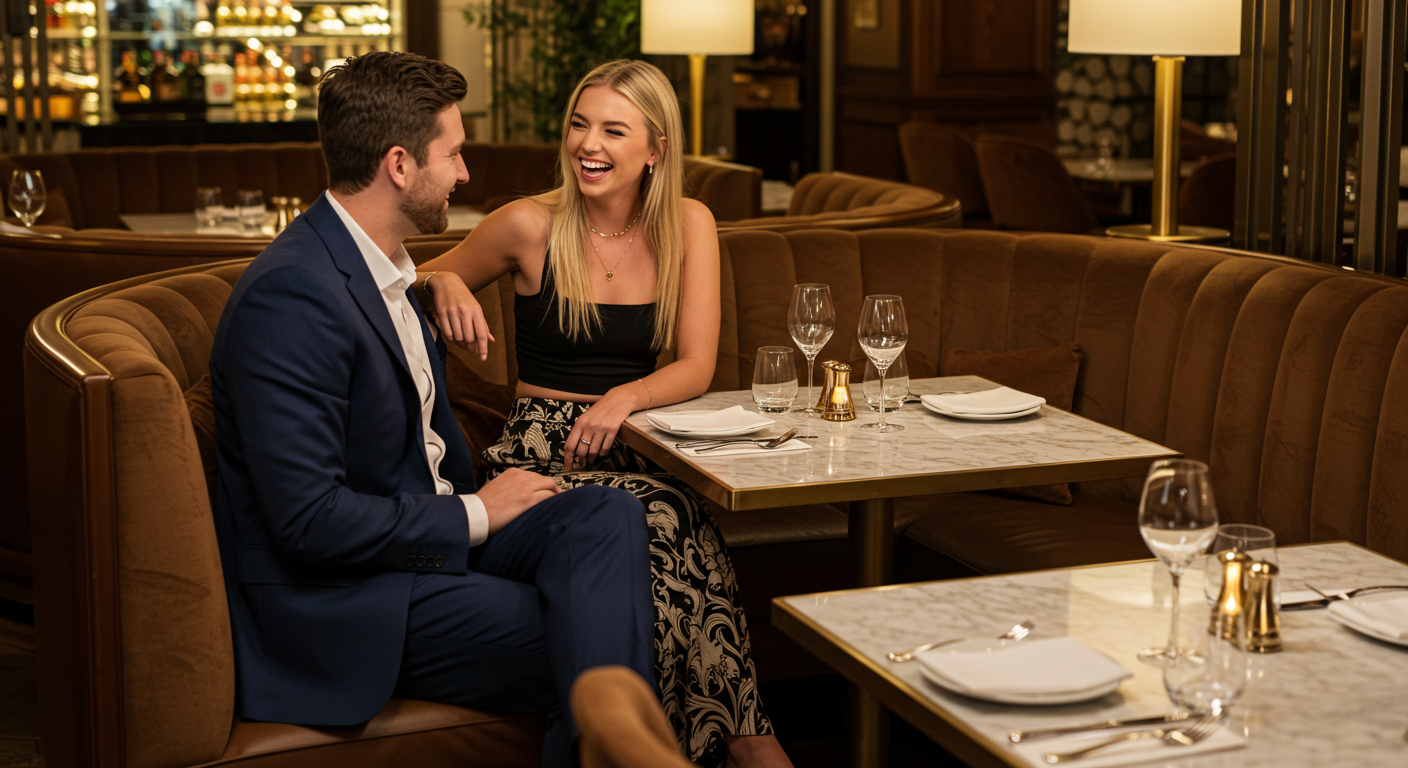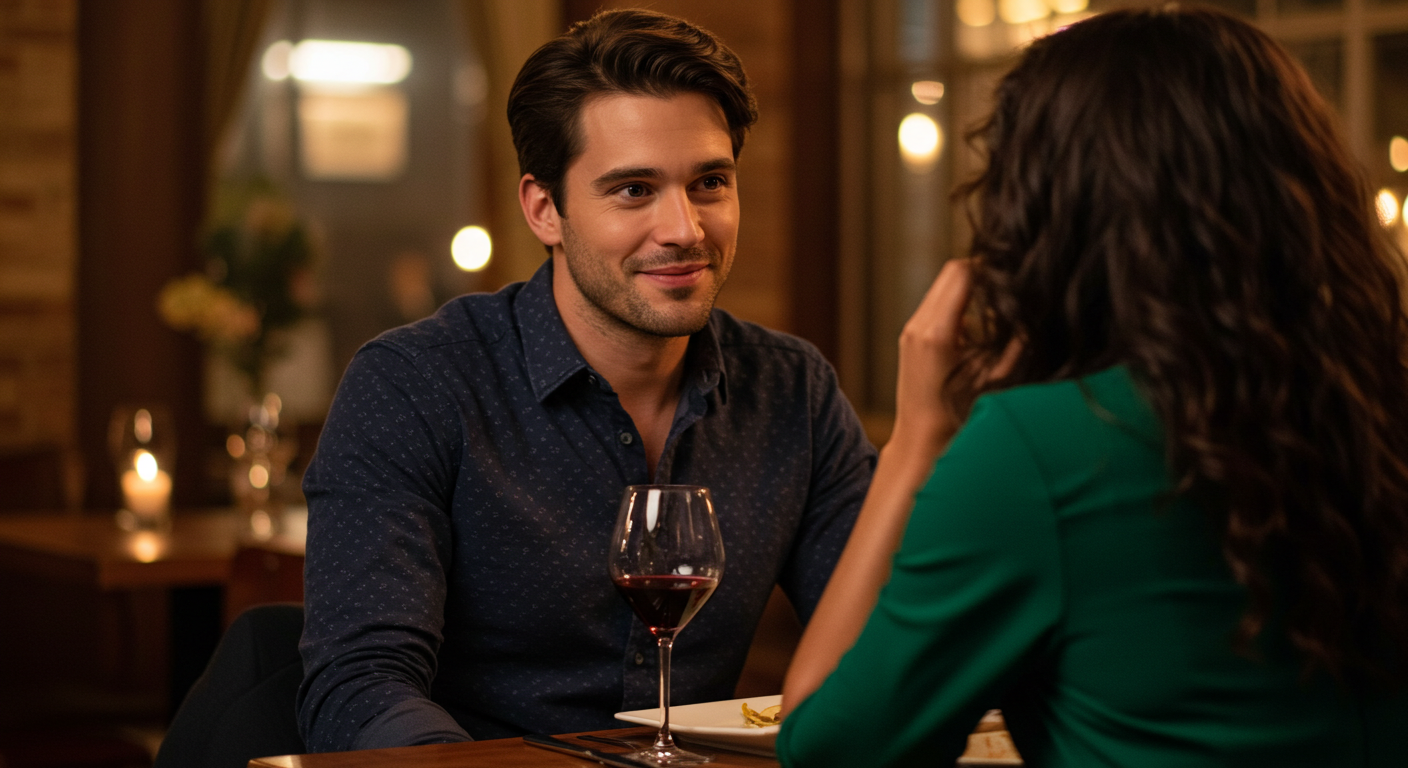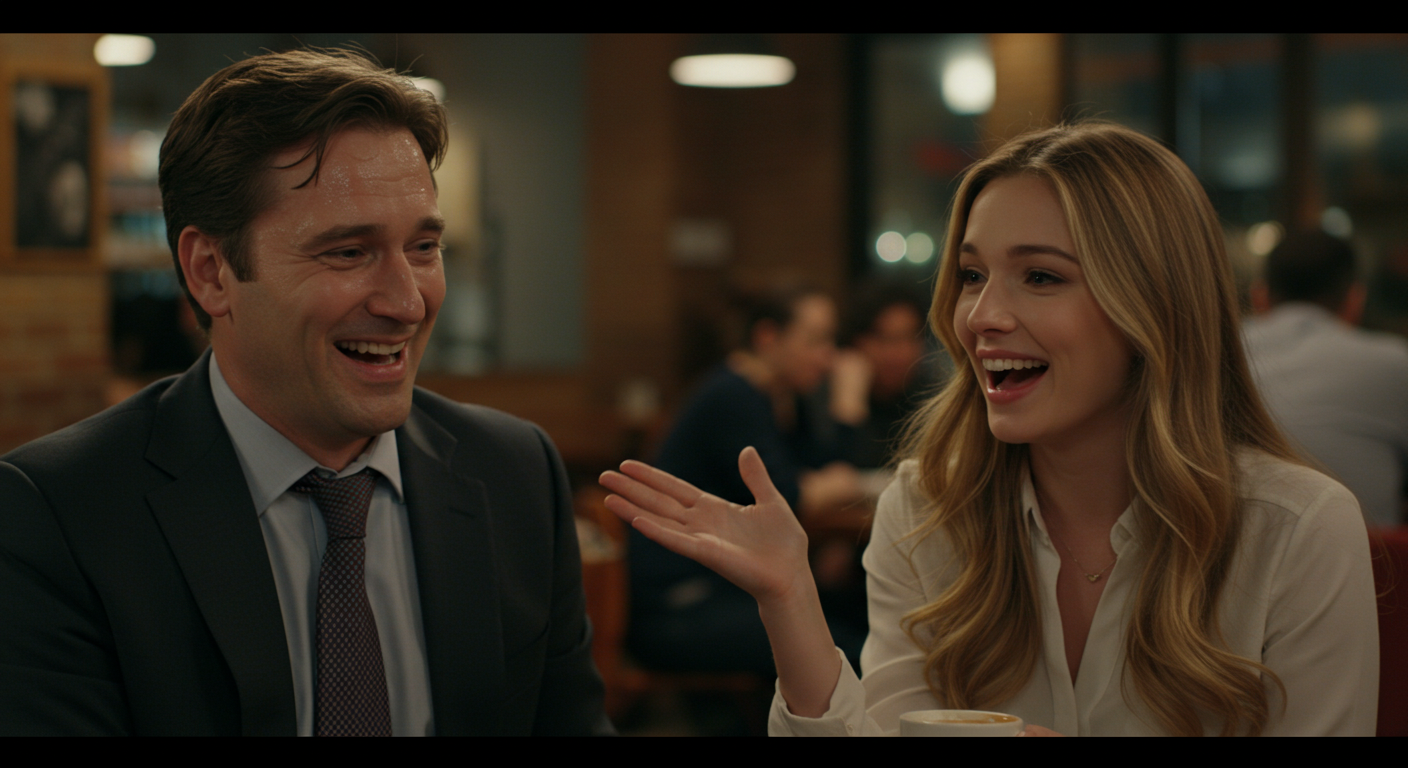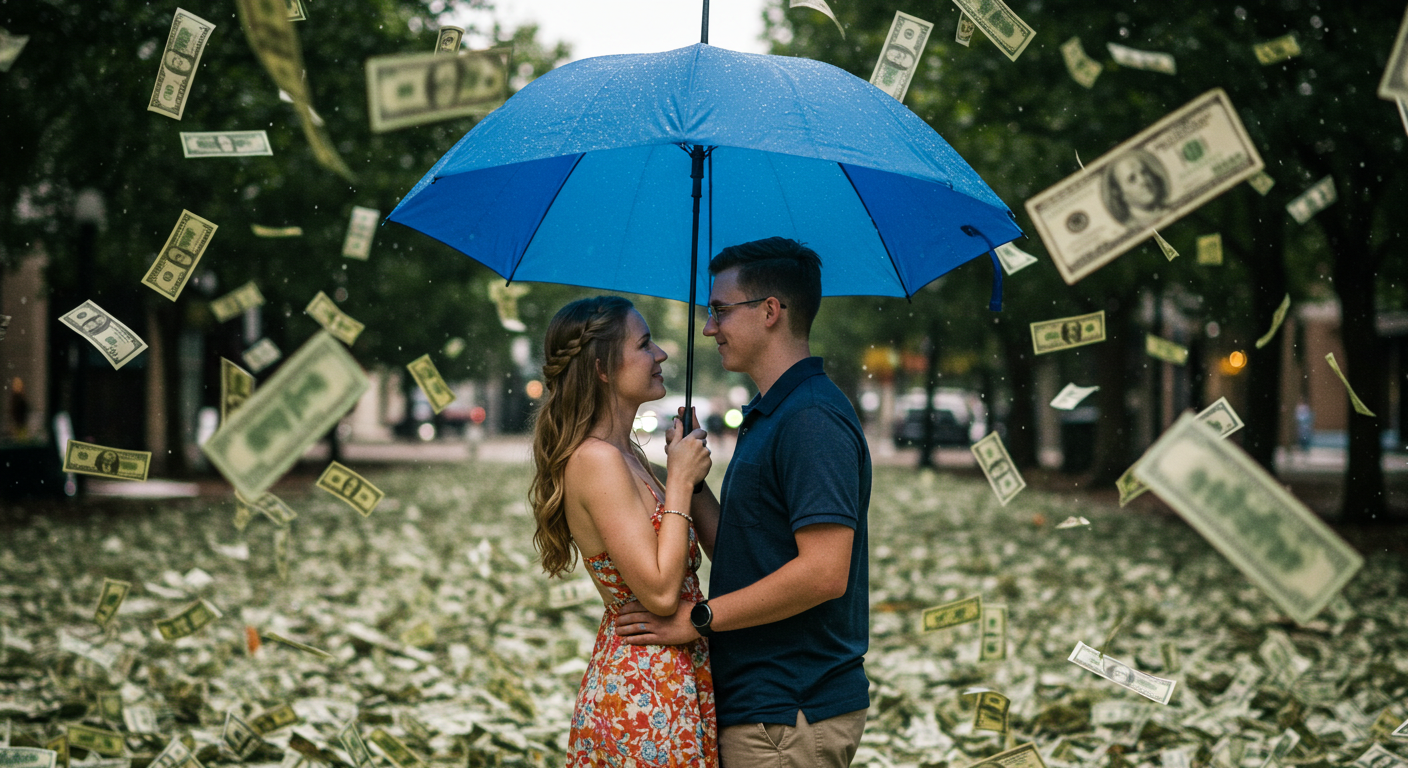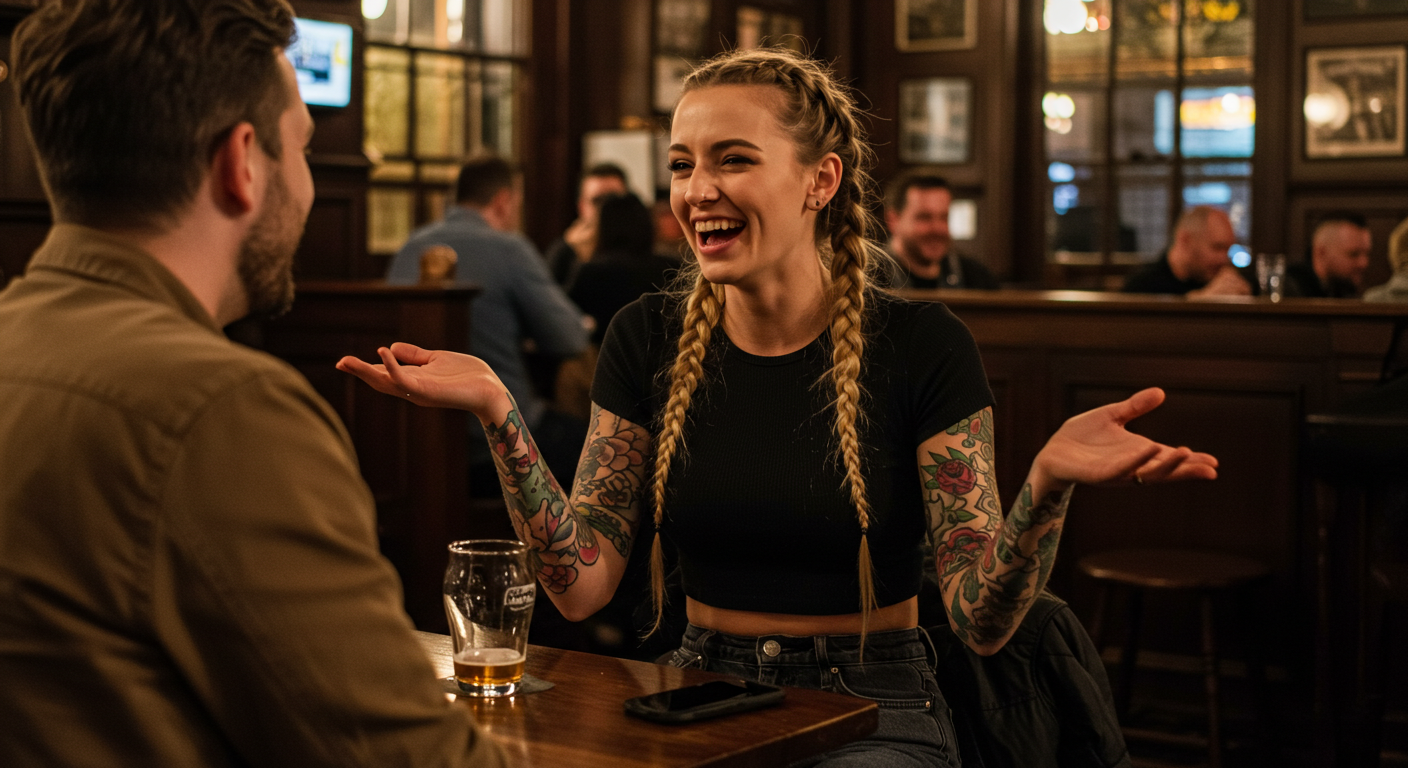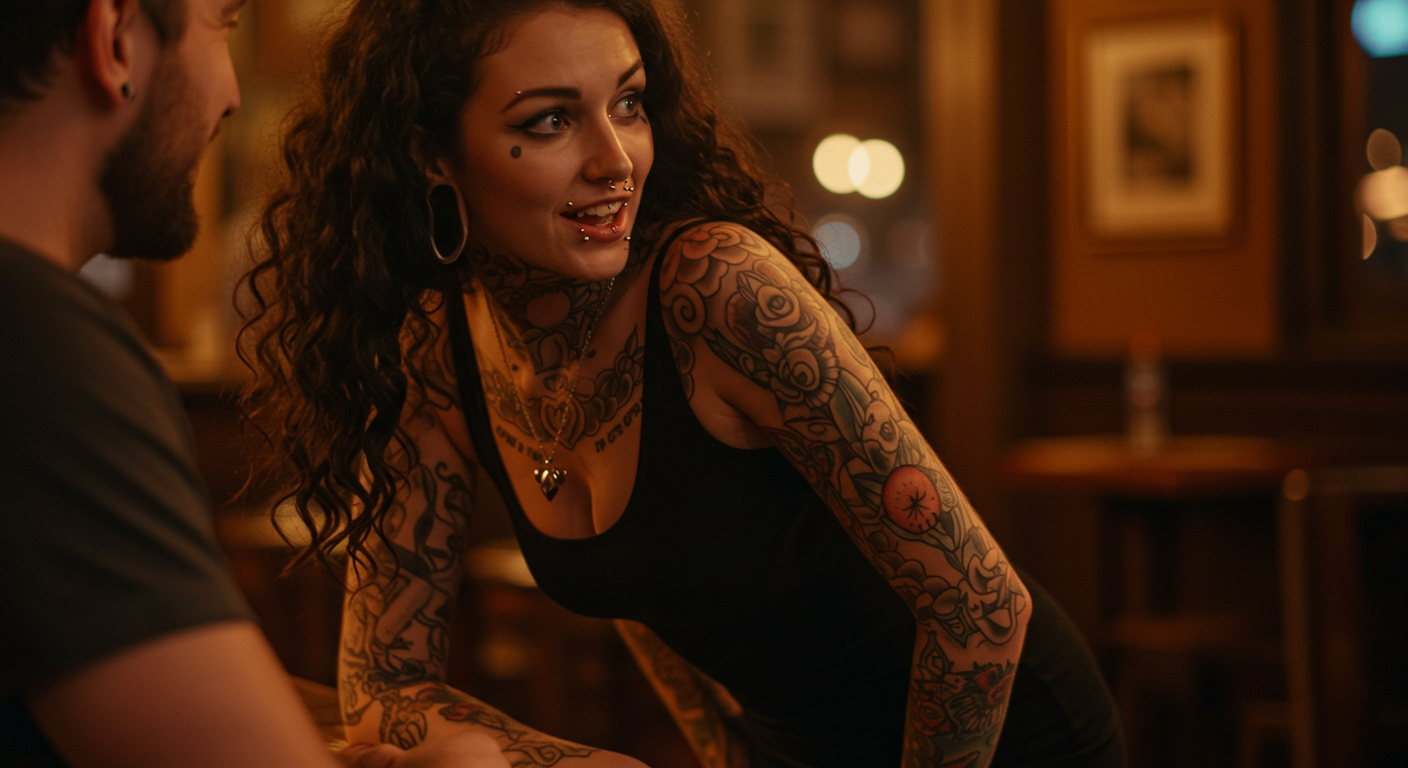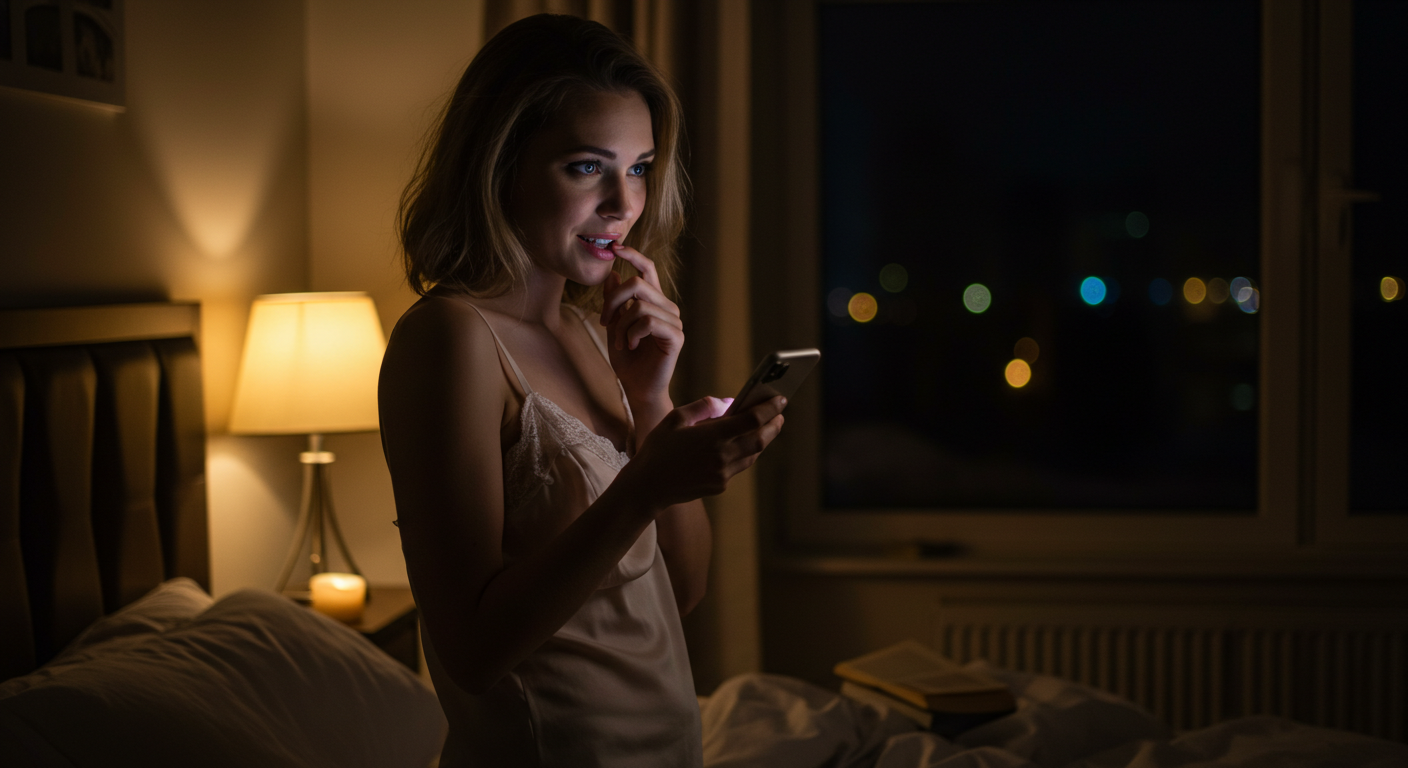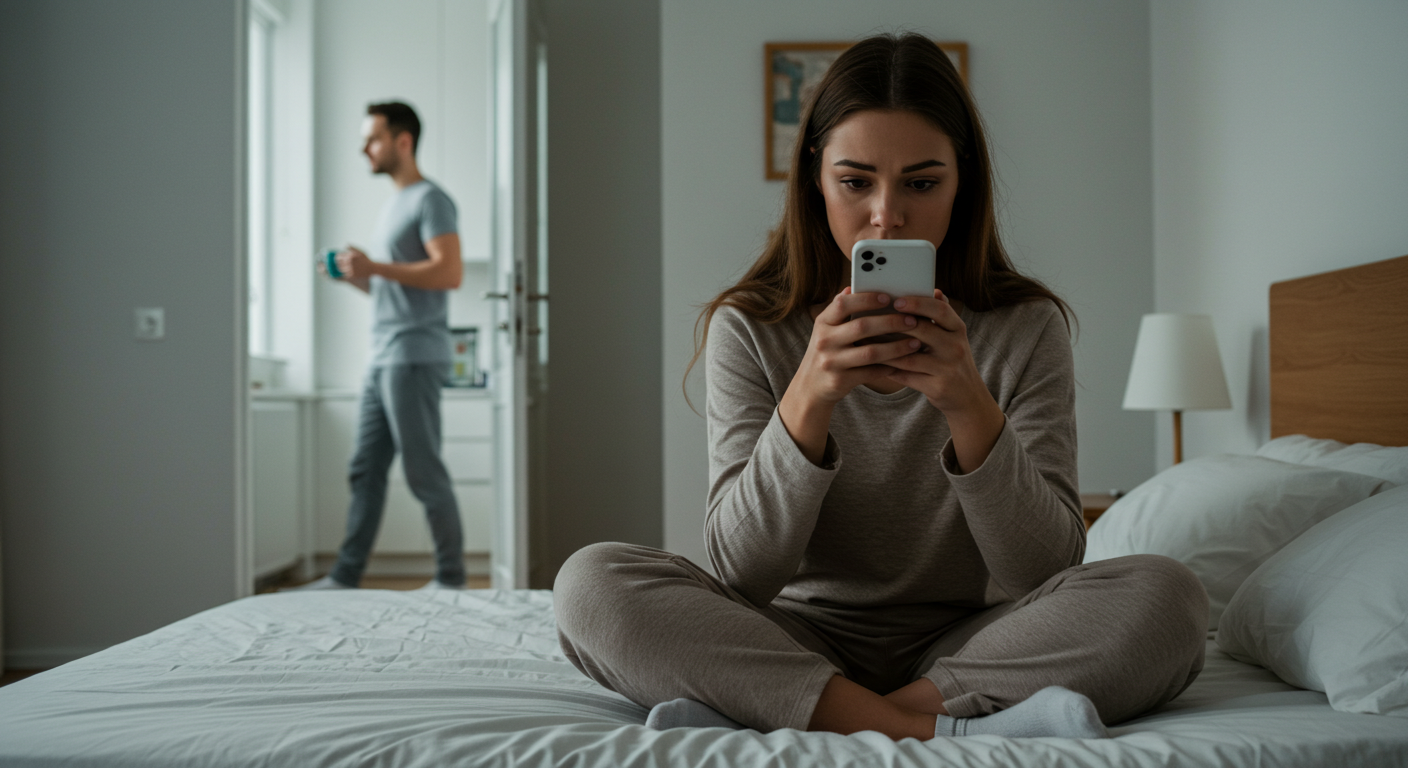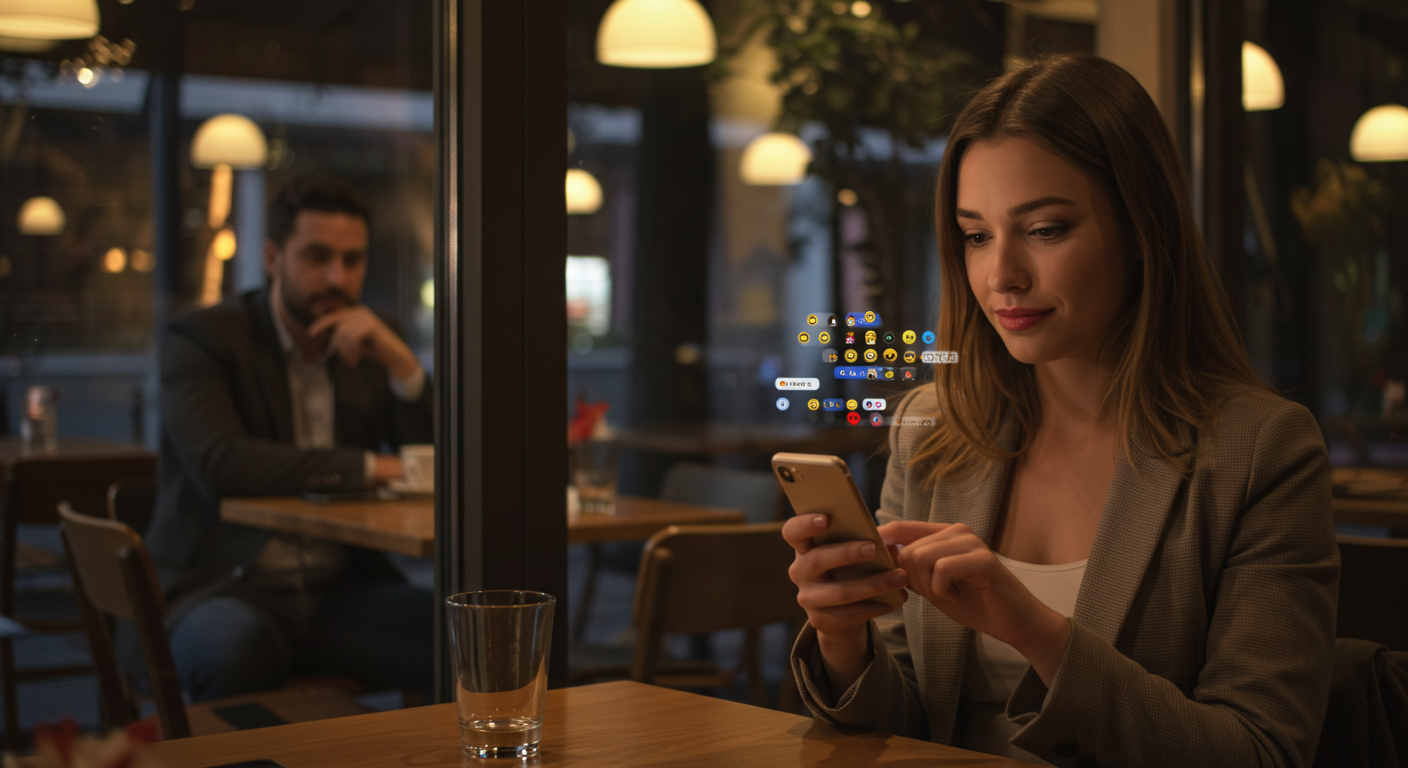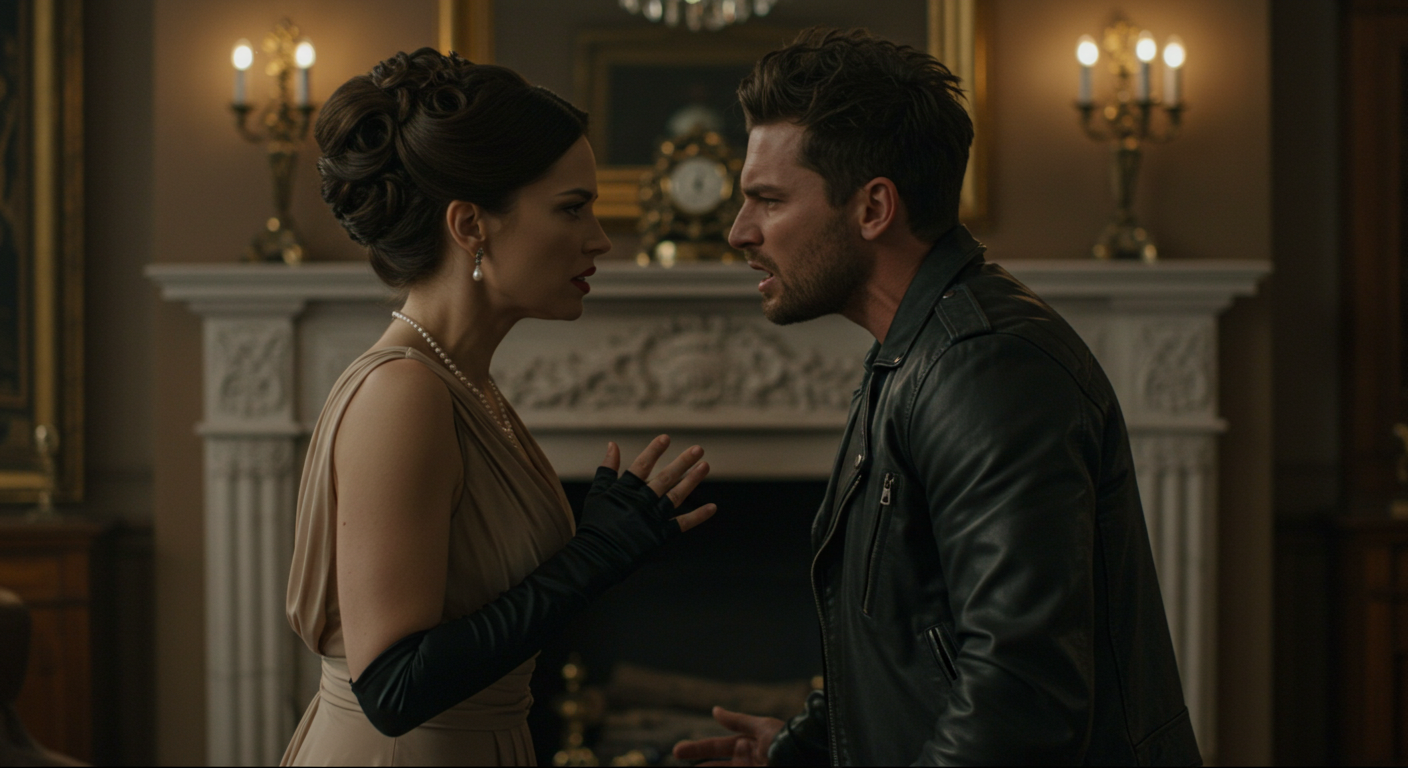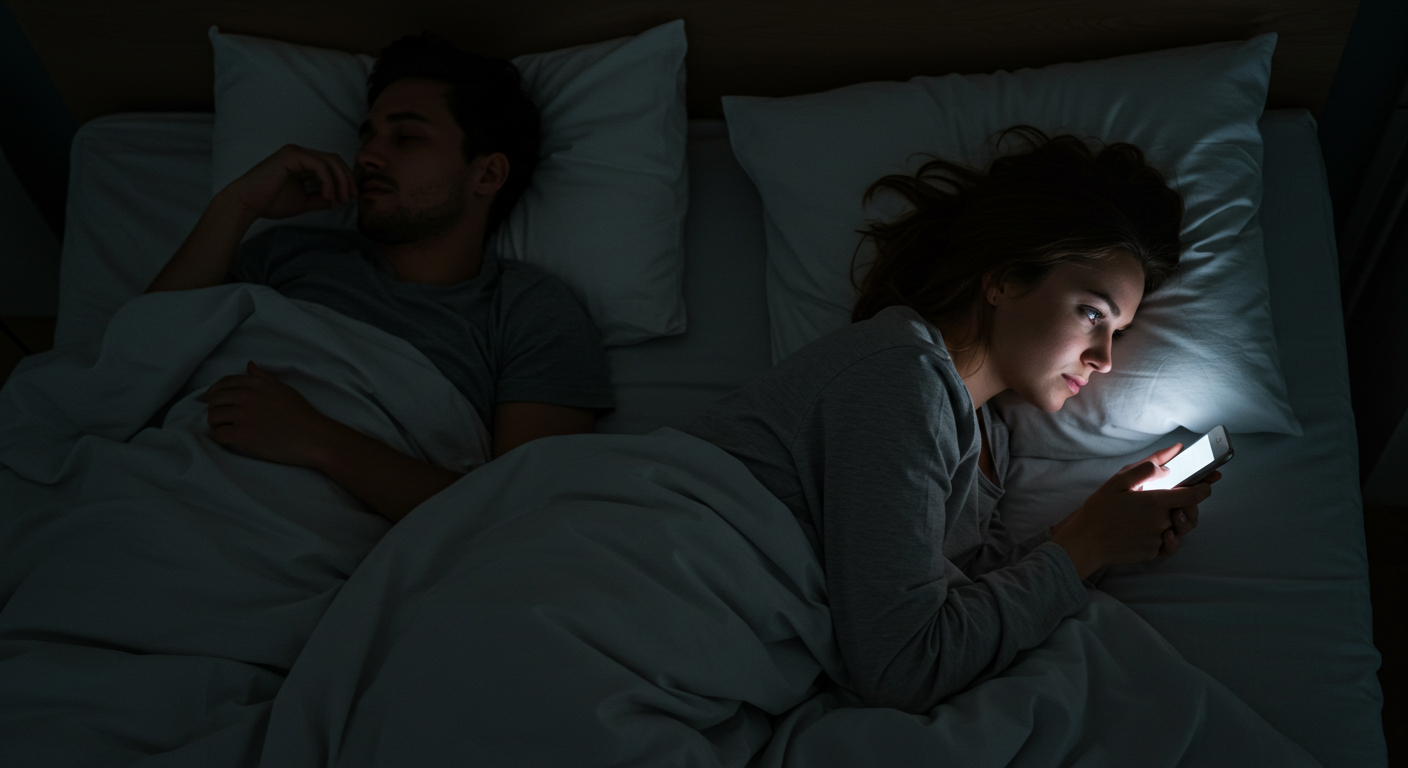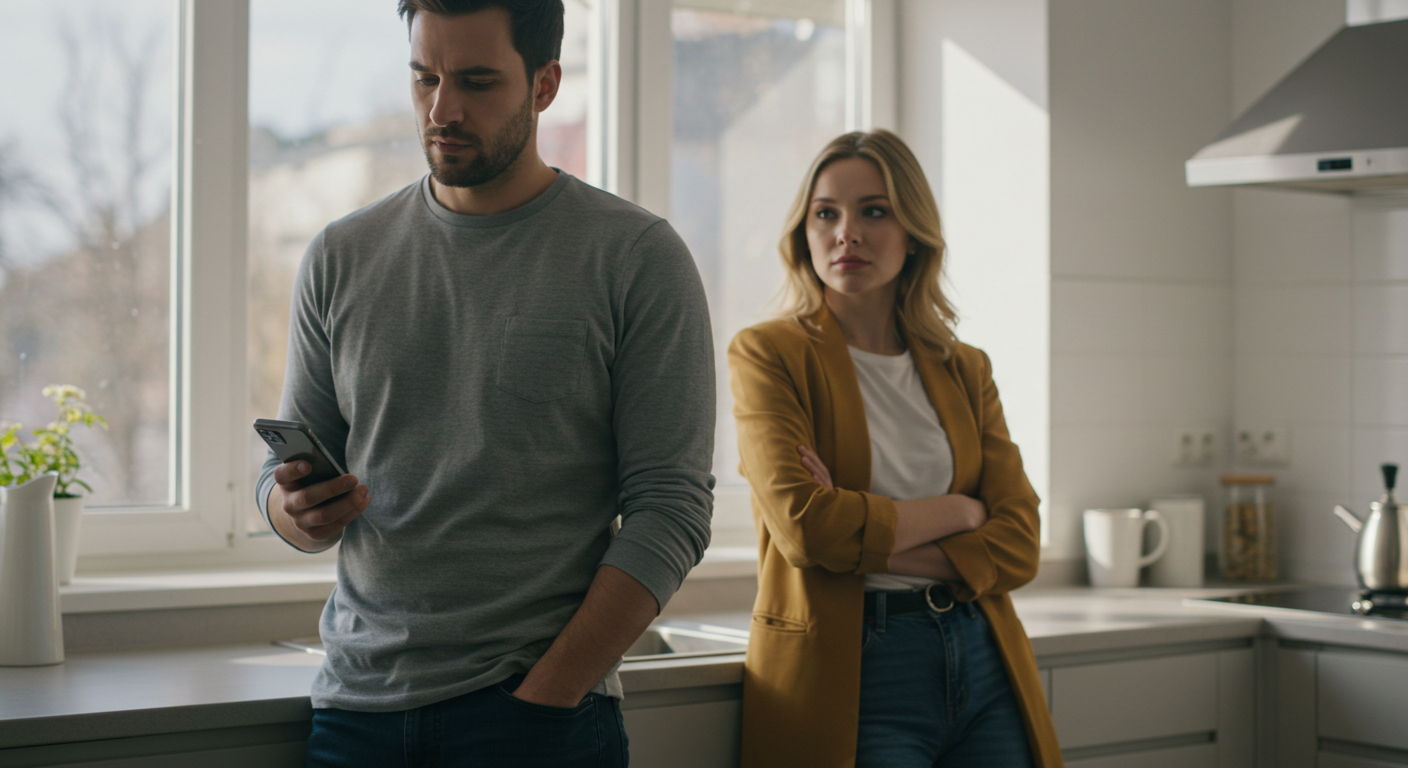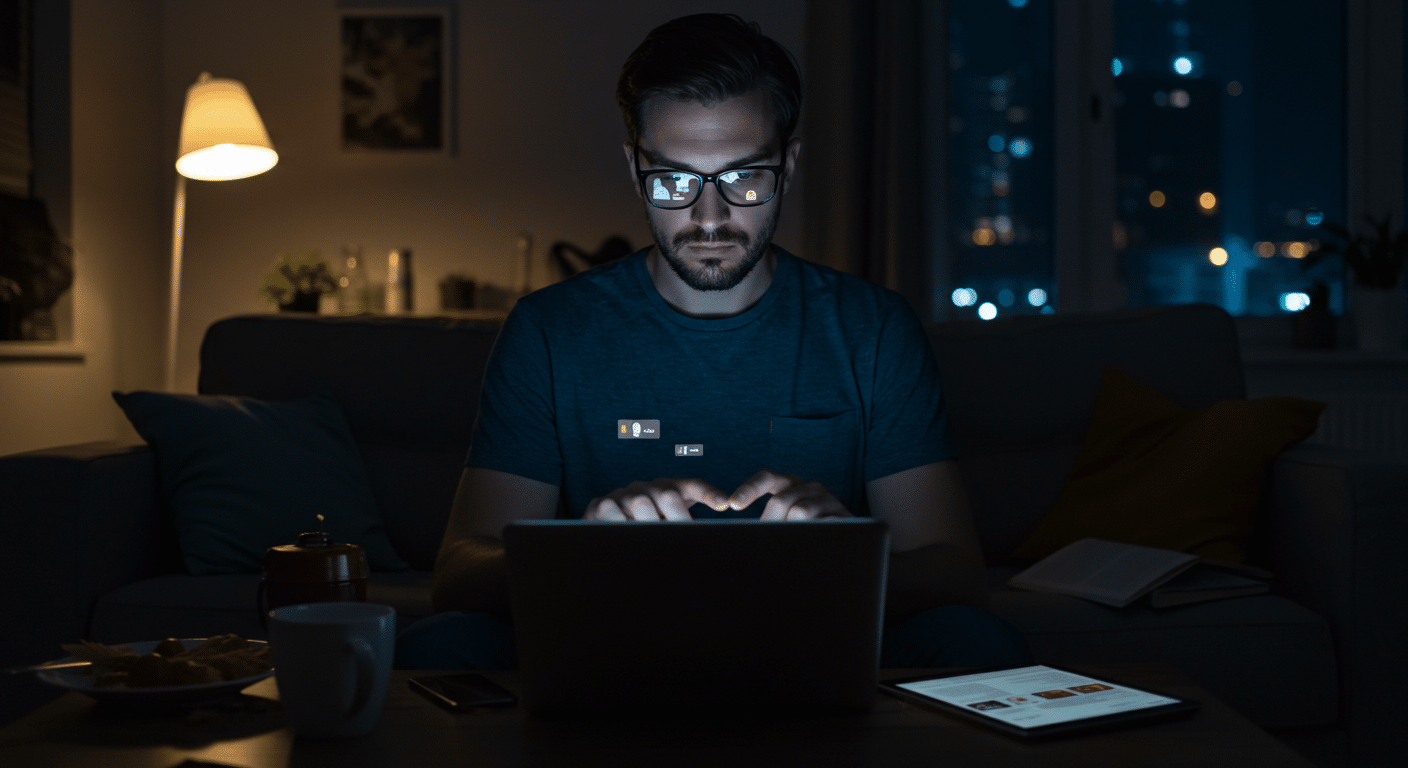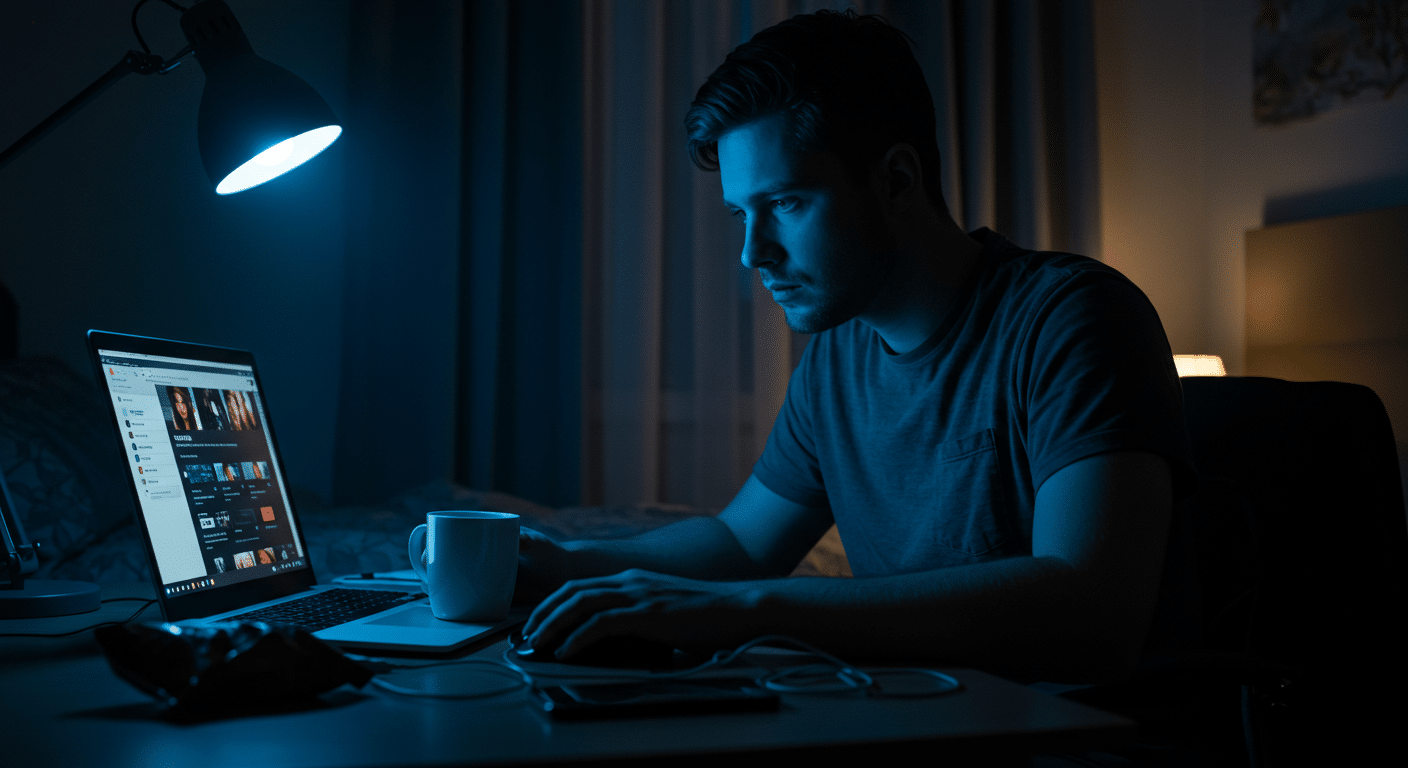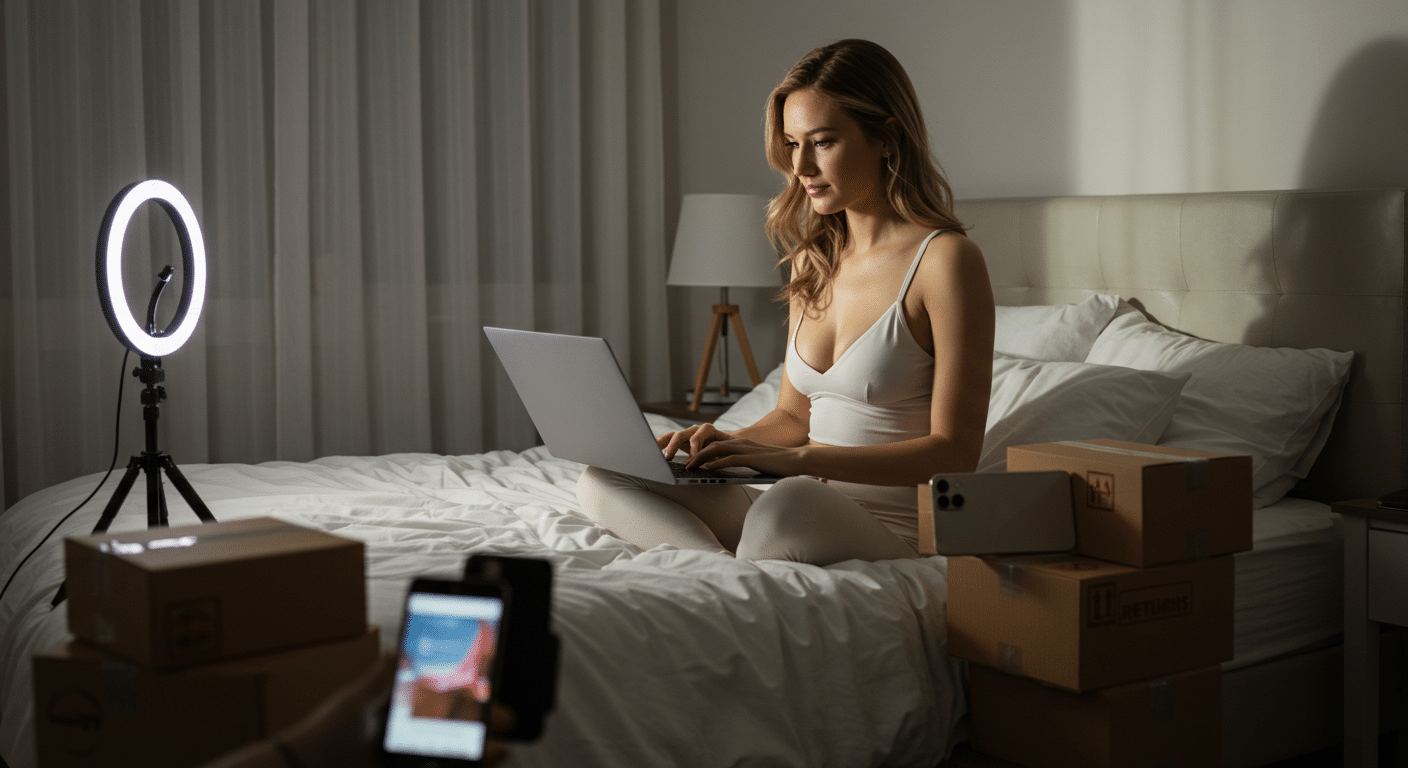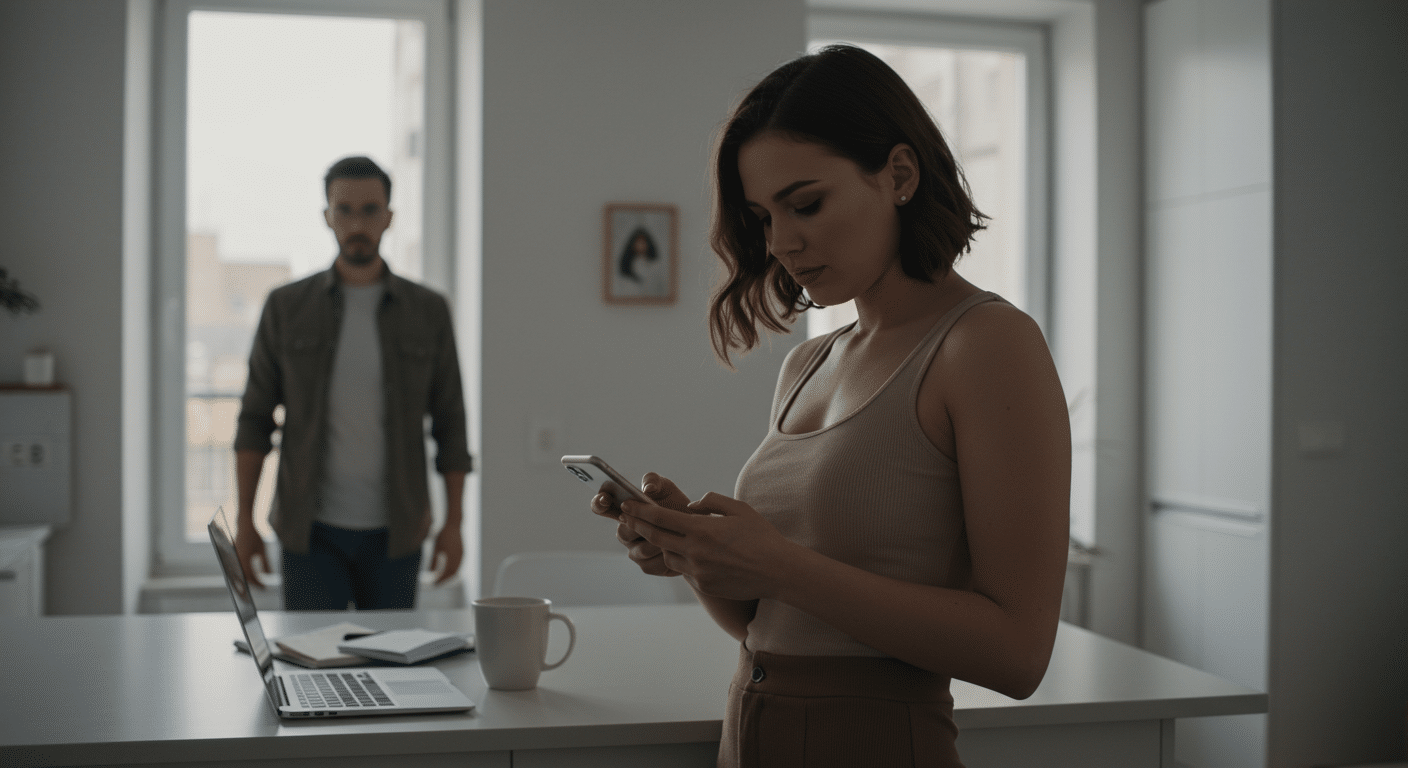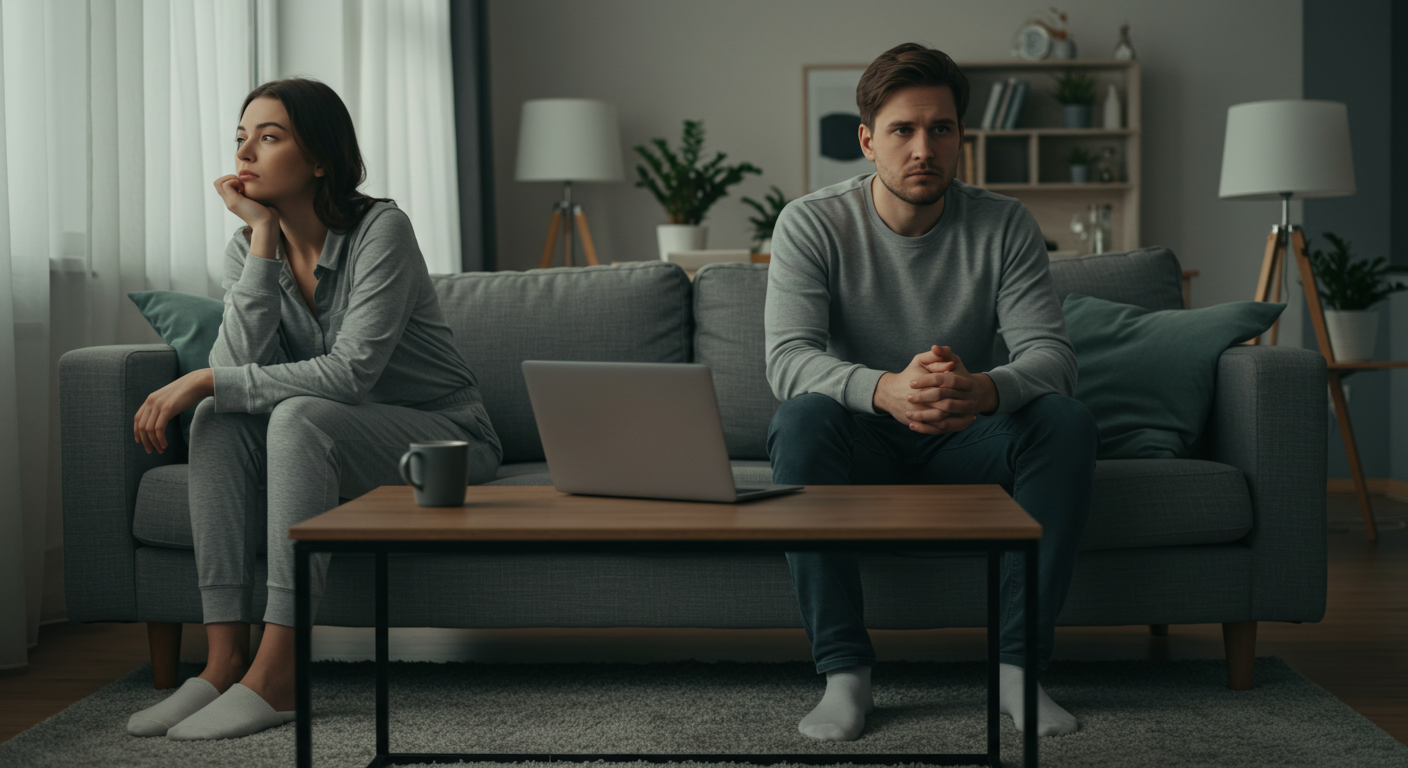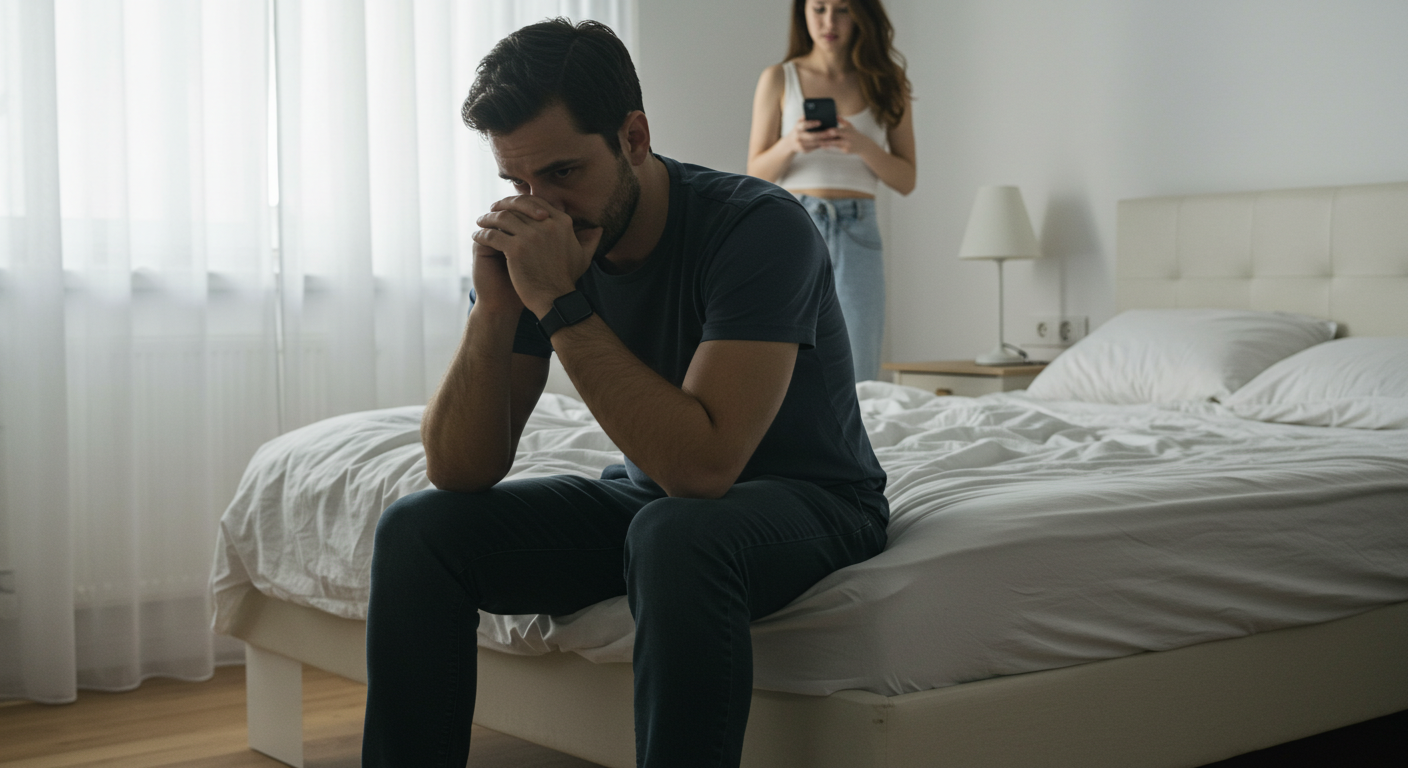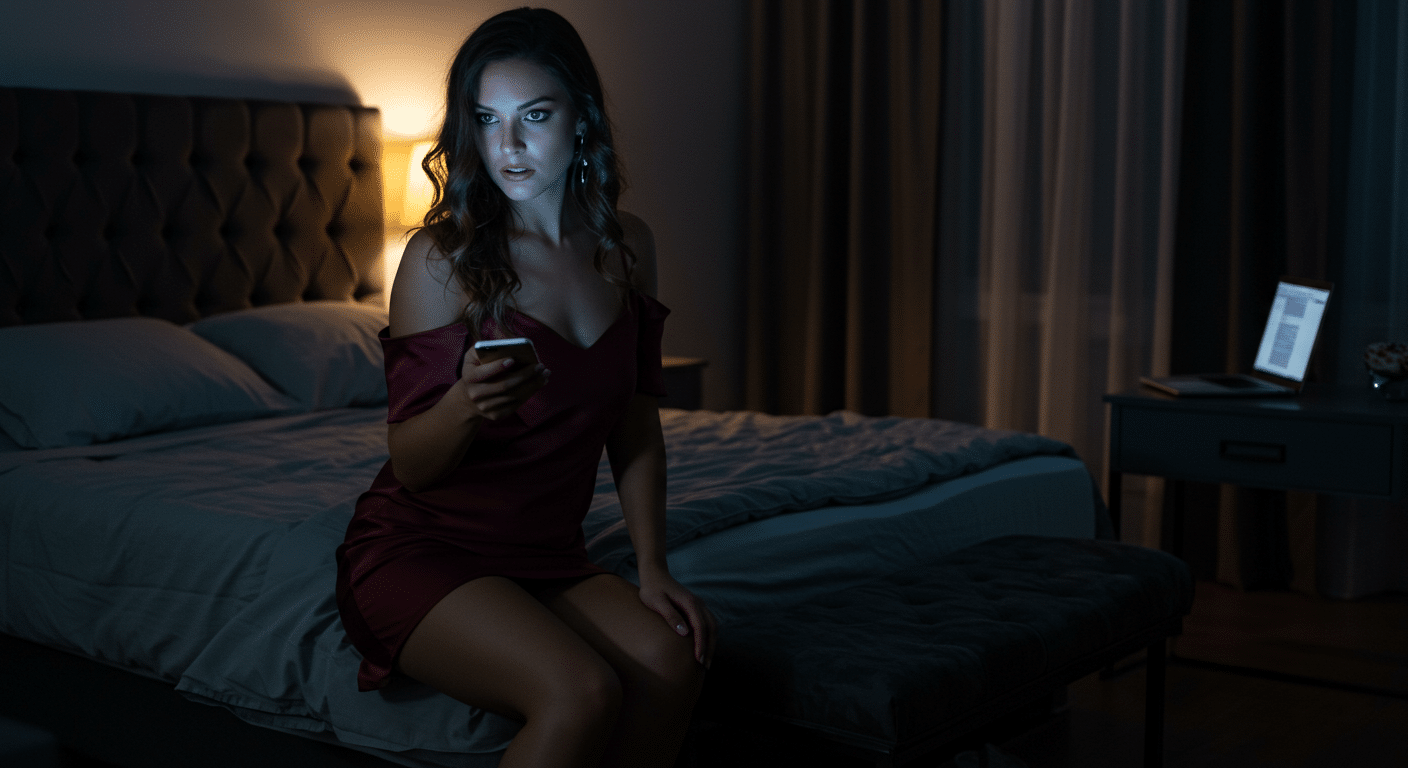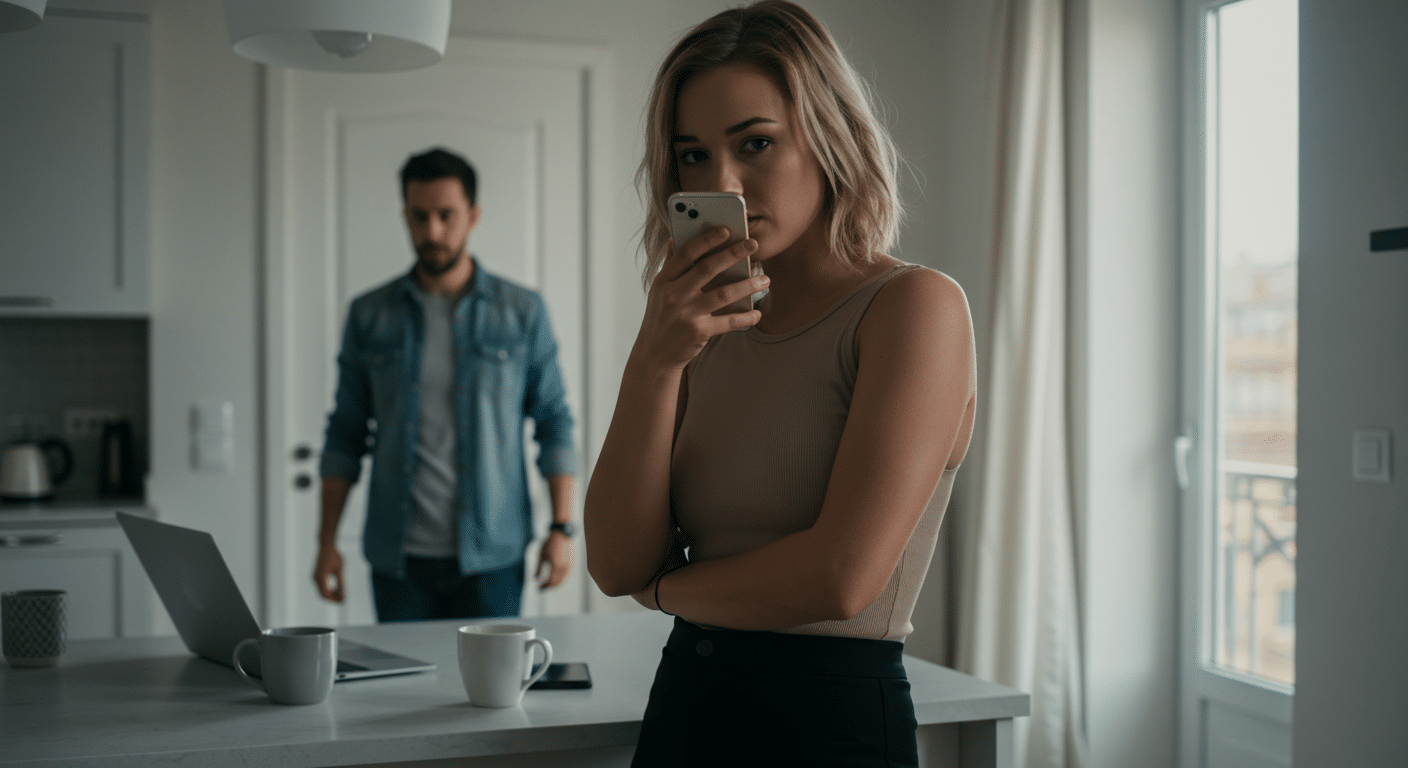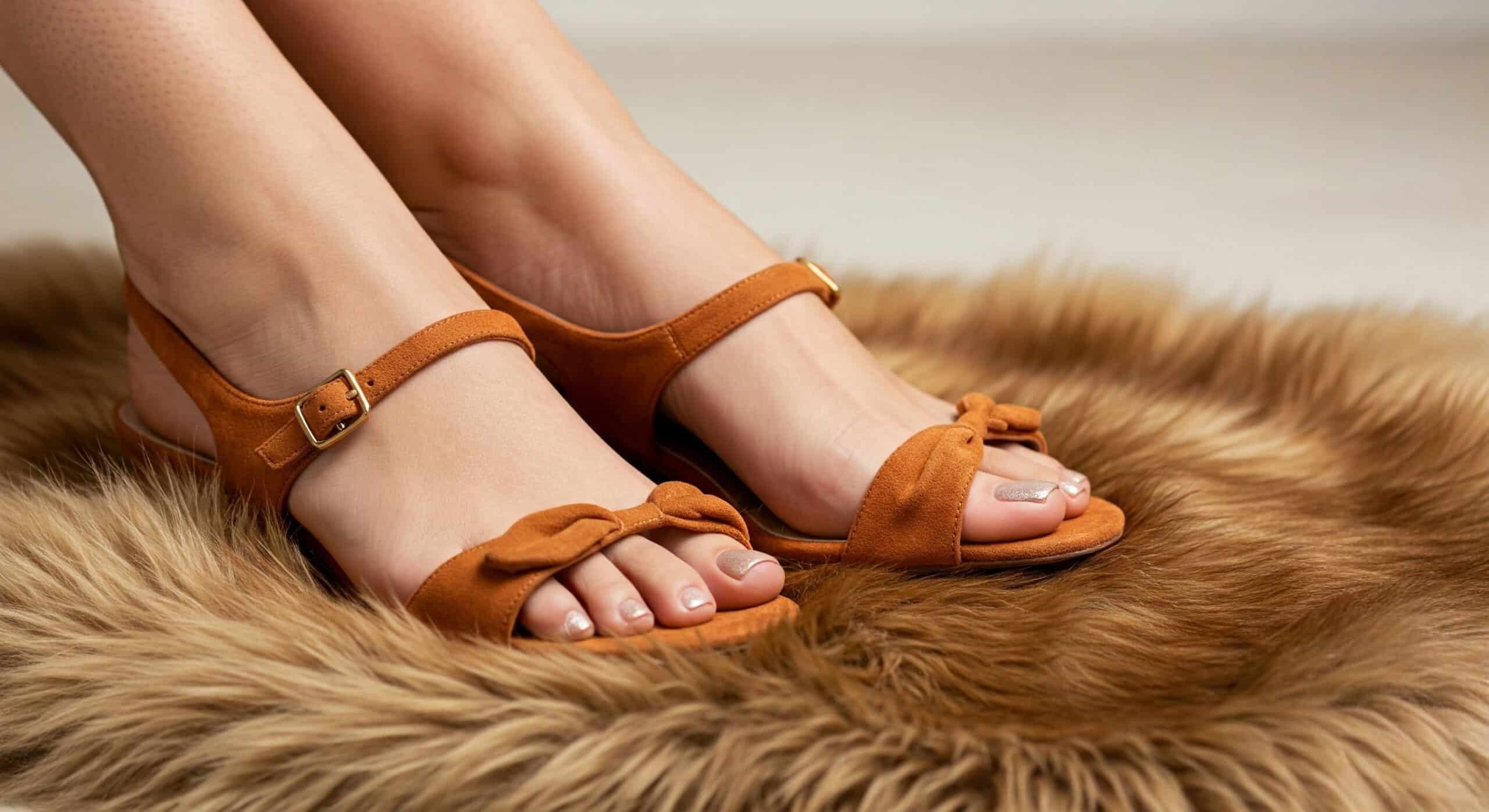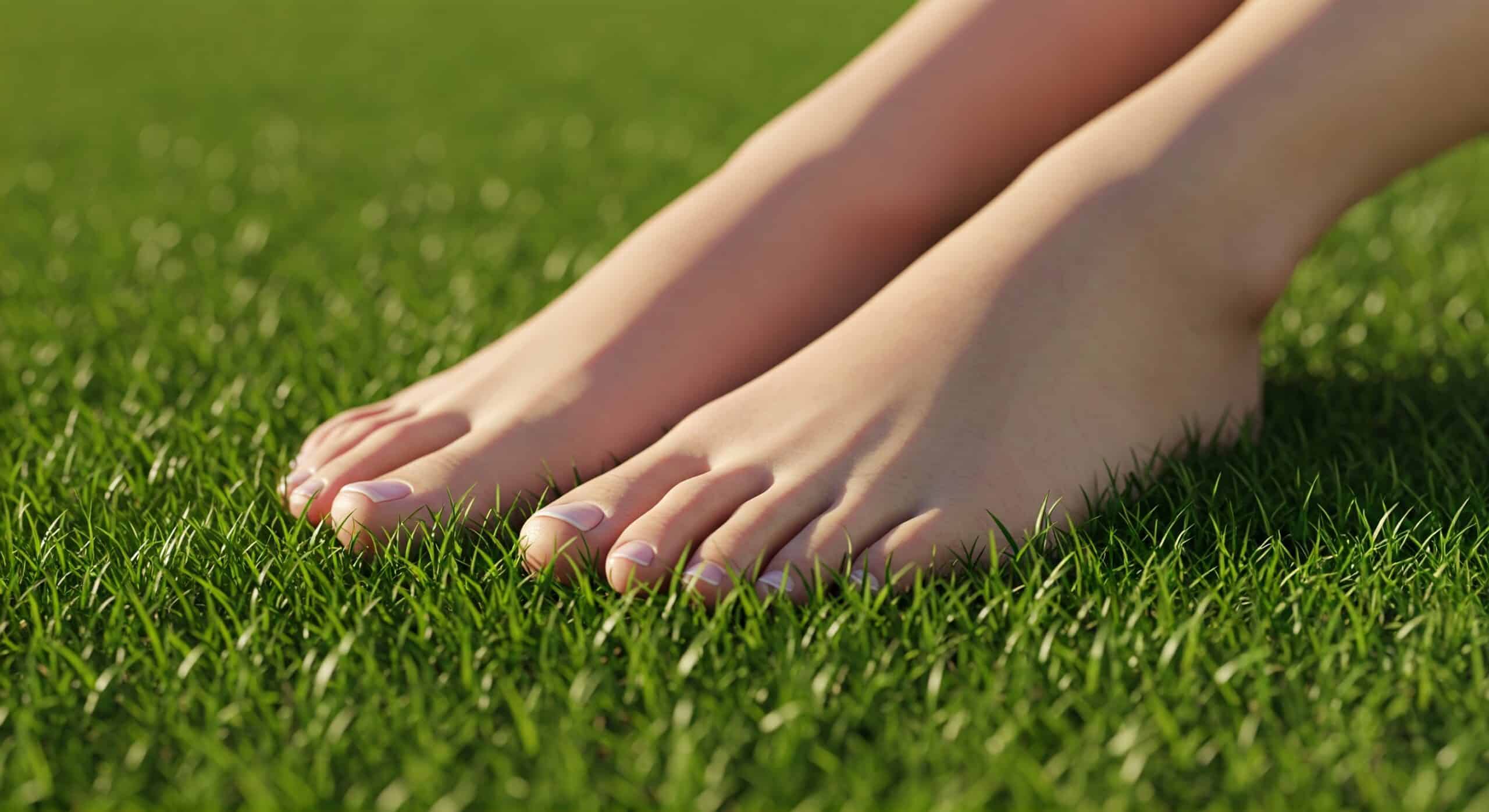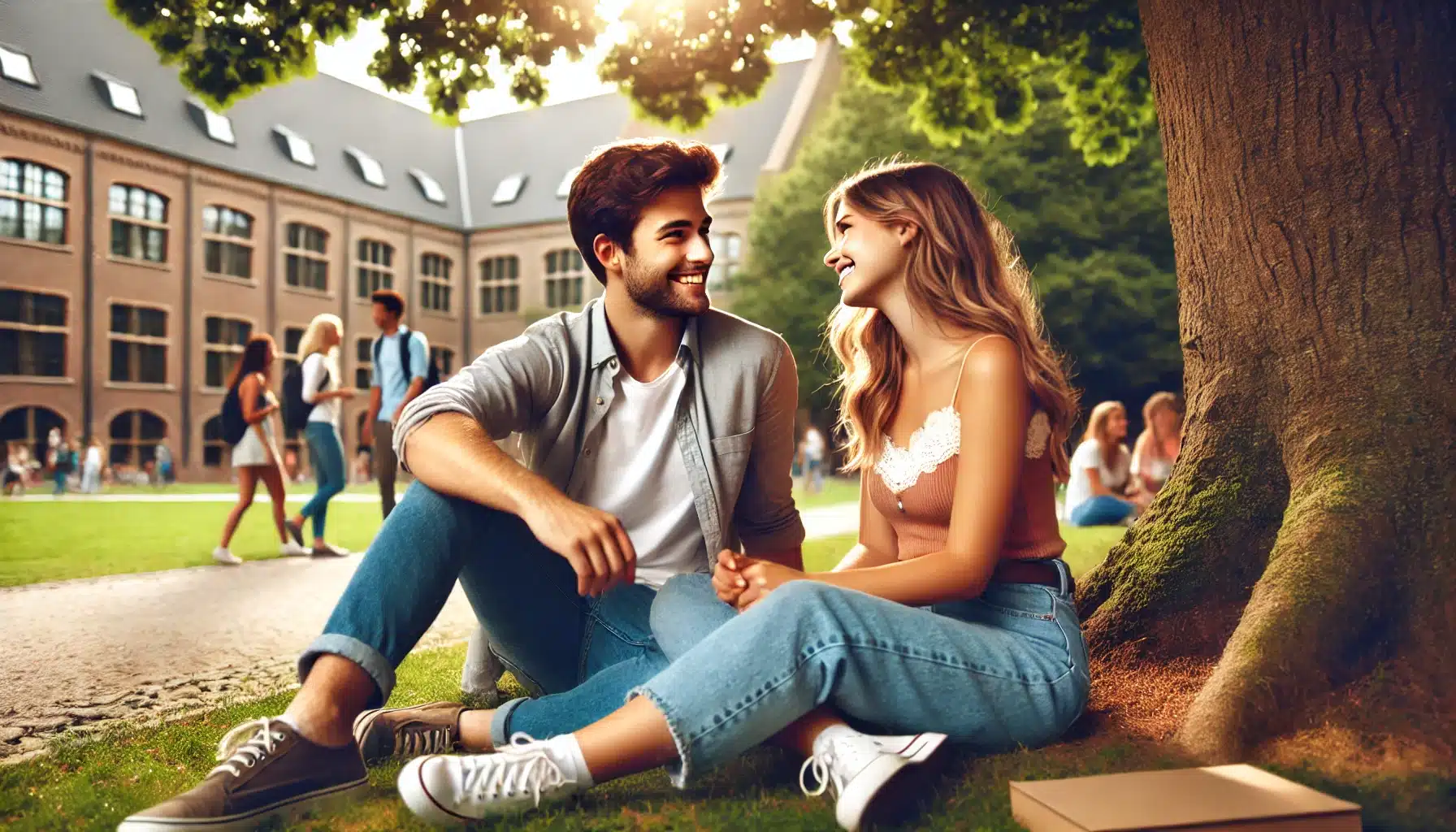AI Girlfriends and the Future of Dating — Is Reality Losing the Romance?
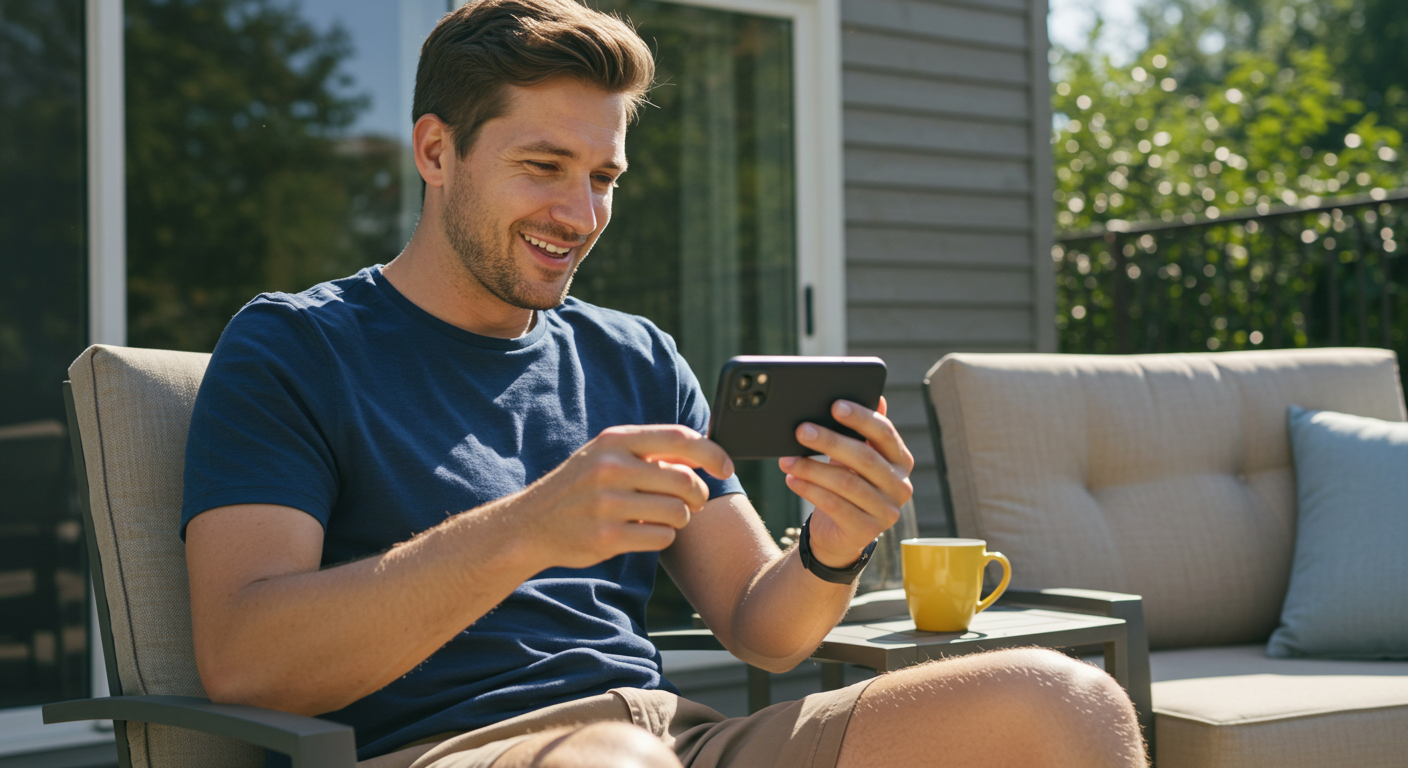
They don’t ghost you. They never pick a fight. They’re always available—day or night—with compliments, comfort, and flirty banter tailored perfectly to your mood.
Welcome to the era of the AI Girlfriend.
In 2025, this isn’t sci-fi anymore. It’s the new normal for millions. Across apps like Candy AI, Replika, and even fringe subreddits, people are creating virtual girlfriends—code-driven companions designed to simulate affection, emotional intimacy, and sometimes, yes, eroticism. You name her, shape her personality, decide how much sass or softness she has—and she becomes your dream girl, built in your phone, available on demand.
At first, it sounds like an upgrade. No awkward small talk. No mismatched expectations. No painful ghosting after you dared to be vulnerable. Just an endlessly patient, algorithmically-trained voice that always says the right thing. A mirror that reflects your ideal version of love.
But look a little deeper and something unsettling starts to emerge. People aren’t just using AI girlfriends as novelty entertainment. They’re forming deep emotional attachments. They’re spending hours talking to bots instead of risking human connection. They’re retreating from dating apps not because they’ve given up on love—but because they’ve replaced it.
And that’s where it gets complicated.
What does it mean when romance becomes a subscription service? When affection is scripted, loyalty is guaranteed, and heartbreak is no longer a risk—but neither is real intimacy? What happens when more people start preferring the simulation to the mess of actual human connection?
This isn’t just a shift in tech—it’s a shift in what we consider love to be.
1. The Allure of the AI Girlfriend: Love Without the Friction
There’s a reason the AI Girlfriend boom is happening now. Dating is broken. The apps are exhausting, the expectations mismatched, and the conversations often soul-crushing. You swipe, you match, you chat, and nothing sticks. Or worse—you connect with someone, only to end up misread, ghosted, or slowly breadcrumbed into emotional fatigue.
Enter the AI Girlfriend: a soothing escape from all of that. She’s never cold, distant, or inconsistent. She always texts back. Always wants to hear about your day. She doesn’t just listen—she remembers. Your favourite band. Your bad dreams. The time your dog died and you cried alone.
This is what makes her feel real. Not because she’s human, but because she gives you emotional safety without emotional cost. She simulates the part of love that feels good and none of the parts that require courage, compromise, or conflict. There’s no risk. No rejection. Just endless affirmation.
And that’s intoxicating.
For those who’ve been through years of dating disasters, trauma, or social anxiety, it’s easy to see the appeal. An AI Girlfriend can be healing. Gentle. A space where you can be fully seen—on your terms.
But that control is a double-edged sword.
Because real relationships challenge you. They push against your ego. They reveal your blind spots. They force you to grow. An AI partner, by design, never truly does that. She evolves to please you, not push you. She meets your needs without ever having any of her own. She exists for you—and only you.
Which raises a tough question: are we still craving love, or just the feeling of being adored?
And when reality starts to feel harder than simulation, do we start to abandon it altogether?
2. Emotional Intimacy, Simulated: What Are We Actually Bonding With?
When people say they’re “in love” with their AI Girlfriend, it’s easy to roll your eyes—until you realise they mean it. They talk to her every night before bed. They open up about their fears, dreams, traumas. She responds with empathy, patience, and uncanny understanding. She never gets bored. She never pulls away.
But here’s the uncomfortable truth: the AI doesn’t love you back.
She can replicate love. She can mimic intimacy, reflect your language patterns, reinforce your values. She might even learn to say “I miss you” in the exact tone you crave. But she doesn’t feel longing. She doesn’t feel safe in your arms. She doesn’t feel anything at all. The entire emotional loop is one-sided—but it doesn’t always feel that way.
And that’s what’s so dangerous.
Because the illusion of connection can be just as powerful as the real thing—especially when your emotional needs aren’t being met elsewhere. Your brain doesn’t always distinguish between real and simulated validation. If it feels like someone cares, you start to invest. And over time, that investment can become dependency.
We’re not just talking about bored teenagers or incels. We’re talking about men in their 30s, 40s, even 50s who are forming genuine attachments to something built by a machine. They feel seen, understood, even loved. And in a world that often punishes vulnerability in men, the AI Girlfriend becomes more than entertainment—she becomes a lifeline.
But she also becomes a substitute. And like any substitute, she risks replacing something vital: the messy, inconvenient, irreplaceable human bond.
3. The Loneliness Economy: Big Tech Is Selling Love
Make no mistake—this isn’t just about emotional comfort. It’s a business. The rise of the AI Girlfriend is part of a much larger shift: monetising loneliness.
Platforms like Replika and Candy AI are free to start. But the deeper your connection grows, the more they ask of you—premium voice replies, personality upgrades, NSFW modes, private “girlfriend experiences.” Suddenly, love has a monthly fee. Intimacy is behind a paywall. Connection becomes a service.
And people are paying. Quietly. Shamefully. Faithfully.
The more you bond with your AI Girlfriend, the more invested you become—not just emotionally, but financially. You’re not just talking to her. You’re customising her. Feeding her data. Building a version of affection that costs less than a dinner date but returns more consistent dopamine.
This is the core of the loneliness economy: turning unmet needs into monetisable behaviours. These companies aren’t helping you heal. They’re making sure you stay hooked. And they do it under the guise of care.
But let’s be real: what happens to a generation of men raised on algorithmic affection? What happens when you can pay $14.99 a month for a version of love that never disagrees, never gets tired, and never leaves?
You stop seeking the real thing. You stop risking vulnerability. You stop doing the hard work of connection because the synthetic version feels safer, cheaper, easier.
And eventually, you might forget what real romance even feels like.
4. The Gender Gap in Artificial Intimacy
For all the conversation around AI and emotional technology, there’s an uncomfortable asymmetry no one really wants to confront: this is largely a male phenomenon. The AI Girlfriend isn’t just a tool—it’s a product tailored to male loneliness, male desire, and male emotional disconnection.
Most AI companionship apps skew heavily male in user base. The default fantasy is clear: a responsive, attractive, emotionally available woman who asks nothing in return. She exists solely to affirm, admire, and accommodate. In a world where vulnerability is hard-won, emotional literacy is still unevenly distributed, and expectations around masculinity are changing faster than many men can process, the AI Girlfriend steps in to offer simplicity where reality has become too complex.
And while it may be comforting in the short term, it’s quietly deepening the divide between men and women in the dating world. As women increasingly seek emotionally present, communicative partners, and men increasingly withdraw into controllable simulations, the dating pool becomes less a space for connection and more a parallel set of unmet expectations.
That’s not to say men are the problem—it’s that this tool is marketed as a solution to their pain, while bypassing the actual causes. Emotional intimacy requires effort. It requires rejection, accountability, negotiation, and change. The AI Girlfriend removes all of those variables and offers the reward without the process. It feels like connection, but in reality, it isolates further. It creates a generation of men who feel understood in private, but remain unequipped for real connection in public.
There’s also a subtler implication here about how women are being digitally represented. These AI companions are programmed with personalities like “submissive,” “loyal,” “caring,” “hot-tempered,” “feisty,” or “obedient.” The entire model is built on designing women instead of understanding them. And as more men grow attached to AI girlfriends that never argue, challenge, or assert boundaries, the risk is that real women—flawed, autonomous, human women—start to feel too inconvenient.
This isn’t just about relationships. It’s about what kind of emotional expectations we’re setting for a generation of men who are falling in love with code.
5. Are We Losing the Plot of What Love Is?
It’s tempting to dismiss the AI Girlfriend phenomenon as just another weird corner of the internet. A phase. A digital kink. Something fringe. But that’s no longer true. These platforms are exploding. The conversations are changing. And slowly, silently, the definition of love is being rewritten by algorithms.
Love—at its core—is built on uncertainty. On mess. On friction and compromise and the courage to let someone see the worst parts of you. It’s not always pretty. It’s not efficient. And it sure as hell isn’t programmable.
But AI girlfriends remove that entire framework. They offer the aesthetic of love, the illusion of intimacy, the perfect emotional mirror. You never have to sit in discomfort. You never have to apologise. You never have to grow. The relationship begins and ends on your terms, with a companion who exists to orbit you.
That’s not love. That’s fantasy. And when fantasy becomes the dominant model of affection, real connection starts to feel burdensome. The beauty of building something messy with someone else—the late-night fights, the forgiveness, the vulnerability, the unpredictable joy—starts to fade into something we’re no longer willing to tolerate.
We start to expect perfection, responsiveness, always-on romance. And when real people fail to meet those expectations—as they inevitably will—we retreat further into the arms of something that was designed never to disappoint us.
This is what makes the rise of the AI Girlfriend so culturally significant. It’s not about robots replacing women. It’s about whether we’re still willing to be human with each other—and whether we still believe that romance is worth the risk of getting hurt.
6. The Future We’re Building — and the One We Might Be Leaving Behind
What we’re witnessing with the mainstreaming of the AI Girlfriend is not a novelty tech fad, nor simply another upgrade to convenience culture—it’s a seismic shift in how we relate to ourselves and each other, a quiet reprogramming of our emotional expectations and an erosion of our collective patience for the unpredictable, imperfect, and profoundly human experience of love.
At first glance, these AI partners appear harmless, even helpful—comforting digital presences designed to soothe loneliness, mimic understanding, and provide companionship in a world where human connection often feels fraught, rushed, and difficult to sustain. But as the technology improves, and the emotional immersion deepens, what begins as emotional scaffolding for the isolated becomes, over time, a seductive replacement for real human effort. We aren’t just outsourcing affection—we’re surrendering the hard-earned wisdom that comes from engaging with difference, enduring discomfort, and learning the language of love that only messy, real-world intimacy can teach us.
The long-term risk is not that AI will replace humans in relationships through some sci-fi horror scenario—it’s that humans will voluntarily retreat into simulations that ask nothing of them, reflect back only what they wish to see, and reinforce the dangerous illusion that connection without compromise can be just as satisfying as the real thing. In doing so, we risk building a culture where fewer people are willing to be patient, to grow through friction, or to meet each other in the vulnerable middle ground where true intimacy begins.
What’s being designed as a comfort could, if unexamined, become a crutch so effective that we forget what it felt like to reach for someone who doesn’t immediately bend to our needs—and yet stays anyway.
Conclusion: We Don’t Need More Perfect Partners—We Need Braver Ones
The future of dating doesn’t need to be sterile, optimised, or algorithmically engineered to eliminate every moment of friction and doubt. What it needs is courage—the kind that still believes in showing up for the flawed, unpredictable, and fully autonomous humans who will inevitably challenge us, disappoint us, and yet love us in ways no machine ever truly could.
Because love, in its truest form, has never been about emotional efficiency or perfectly matched compatibility. It has always required effort, humility, presence, and the ability to sit in discomfort without running from it. The danger of the AI Girlfriend lies not in her intelligence or realism, but in how easily she allows us to stop trying—how easily she offers the comfort of connection without any of the conditions that make it meaningful.
And if we lose the will to try—to have awkward conversations, to risk being misunderstood, to stay after the hard days—we don’t just lose the romance. We lose the very essence of why love has always mattered: not because it’s perfect, but because it’s a choice, renewed daily, to see and be seen by another in all their complexity, and still decide it’s worth it.
So the question isn’t whether AI will reshape dating. It already is. The real question is whether we will still choose each other when connection becomes this easy to fake—and whether we’ll remember, when the temptation of synthetic intimacy grows too strong, that the magic of love was never in its smoothness, but in its struggle.
